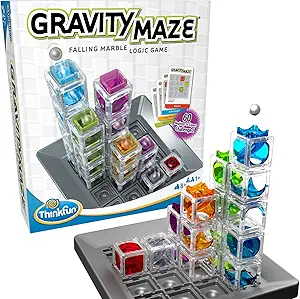The Challenges of Game Development in Lisp
As famed Lisp developer, Paul Graham once said, “Lisp lets you get ahead by taking risks.” This sentiment perfectly encapsulates the spirit of creating games with Common Lisp. While the journey is often fraught with obstacles, the potential for rapid prototyping and unique game mechanics makes it worthwhile. Today, we’re diving into the world of Lisp game development, examining its challenges and celebrating its unique beauty.
The Beauty of Lisp
To start, let’s unravel what makes Common Lisp so appealing. Created in the late 1950s, it’s one of the oldest programming languages still in use today. Its unique features, like the ability to create macros and its dynamic typing system, separate it from the more conventional languages.
What truly sets Lisp apart for game development is its flexibility. Need to test a game mechanic quickly? Lisp’s rapid prototyping capabilities let you iterate and evolve your designs without the long waits typical of compiled languages.
Challenges in Game Development with Lisp
Ecosystem and Libraries
However, not all that glitters is gold. One of the most notable challenges faced is the limited library support when compared to more mainstream alternatives like Python or C#. The entity-component systems, while powerful, often require developers to dig deep into libraries like CL-Fast-ECS, which might not have the same breadth of examples and documentation as more popular choices.
Learning Curve
Jumping in can also present a steep learning curve for newcomers. For anyone who has transitioned from languages like C# or Java, the jump to Lisp can be daunting. As one community member recalls, “It took me weeks to understand how to think in Lisp. Once I did, though, the power it gave me was incredible.”
Performance Issues
Performance is another concern that cannot be ignored. While Lisp shines in prototyping and development speed, it sometimes lags behind its competitors regarding runtime efficiency. To mitigate this, developers often need to be proactive about optimizing their code, leveraging the features of the language to write more efficient programs.
Community and Resources
Compounding these issues is the relatively small community surrounding Lisp. This can mean fewer resources and less support when things go awry. While there are forums and groups dedicated to Lisp game development, they don’t always generate the same energy as the sprawling communities tied to Unity or Unreal Engine.
Community Experiences
Case Studies
To get a holistic view, I reached out to several developers who have taken the plunge into game development with Lisp. Their stories highlight both the hurdles they’ve faced and their successes. One developer mentioned how they created a fully functional puzzle game within two weeks using Lisp, capitalizing on its flexibility to implement new game features based on player feedback instantaneously.
Learning Resources
If you’re interested in diving deep, the CL-Fast-ECS tutorial available on GitLab offers invaluable insights into building entity-component systems that can be foundational for your game projects. This resource has helped many developers bridge the gap from theory to practice.
Exploring Lisp for Your Next Game
In conclusion, while the challenges of using Common Lisp in game development are substantial, they’re not insurmountable. The unique strengths of Lisp, from its ability to prototype swiftly to its radical flexibility, can breathe new life into game design. So why not consider breaking away from the pack? Embrace the complexity and see what this unique programming language can offer.
I’d love to hear your thoughts or experiences with Lisp in game development. Have you taken the leap? What challenges have you faced, and how have you overcome them? Feel free to share your insights!










